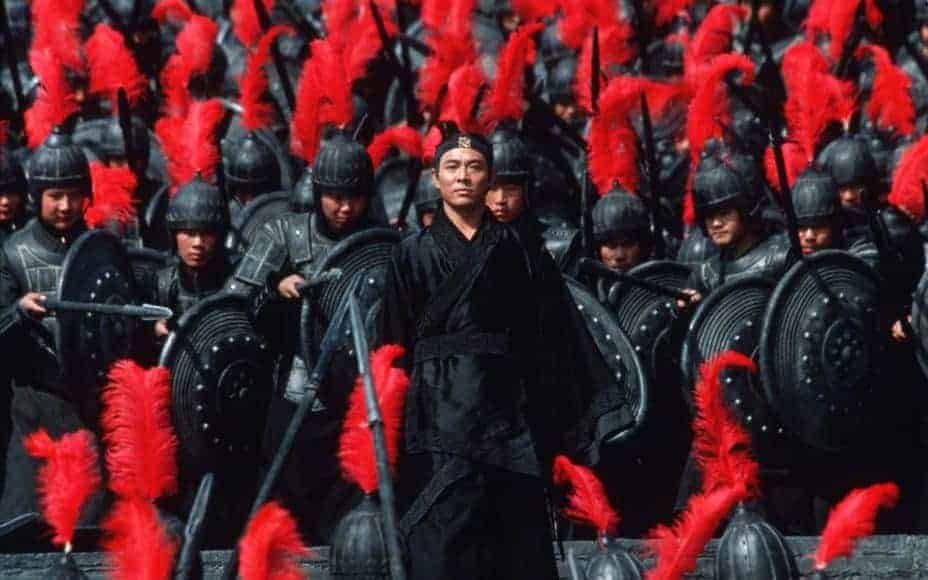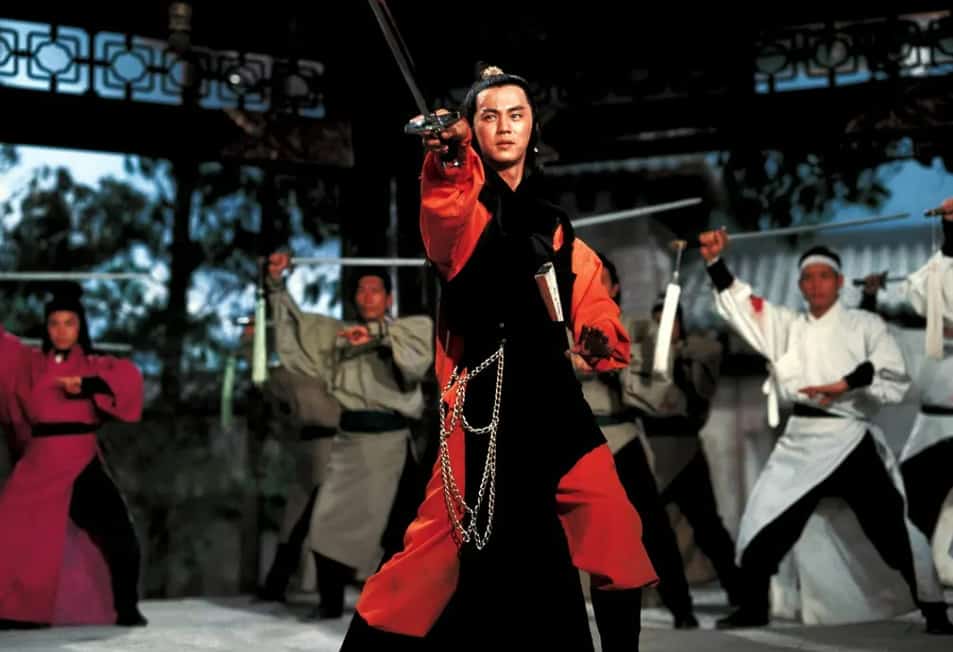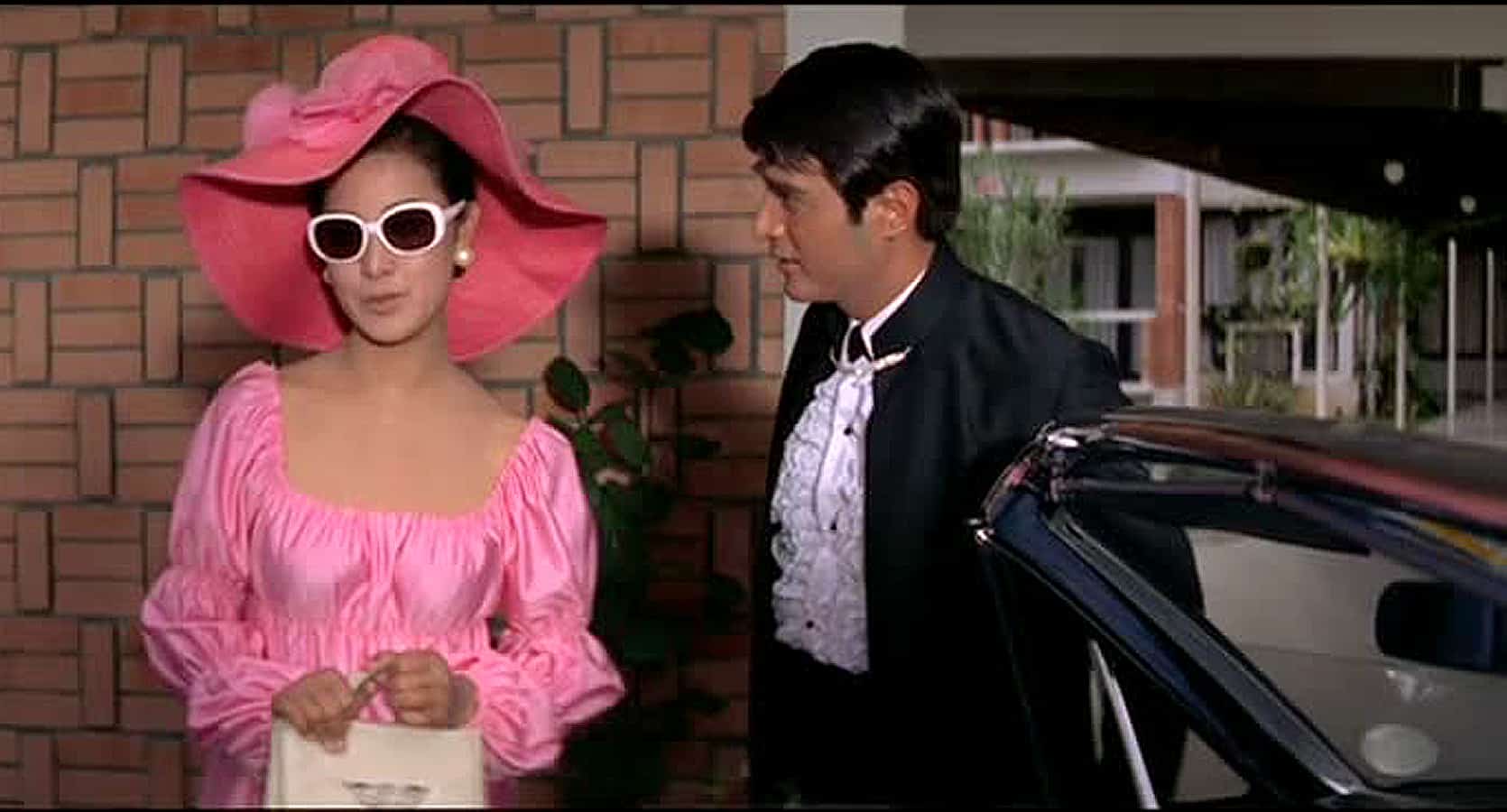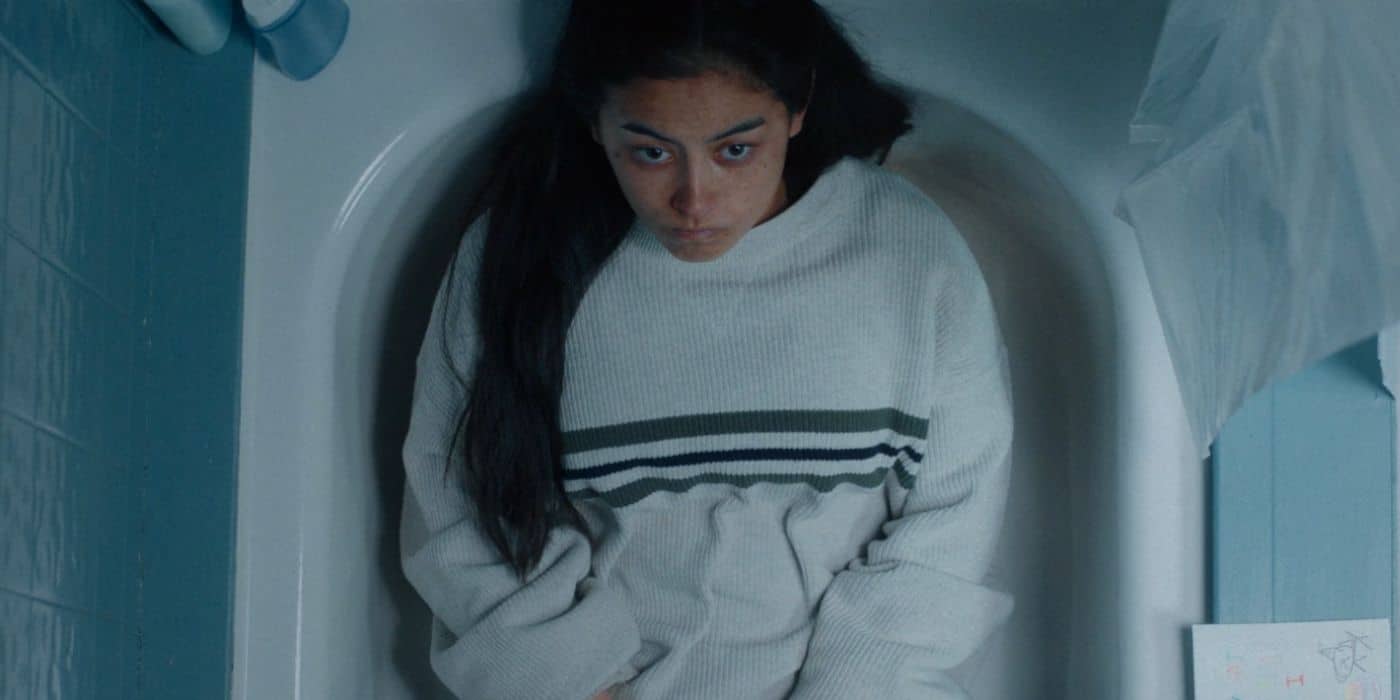10. Dirty Ho (1979) by Lau Kar-leung

Lau Kar-leung directs a movie whose narrative is mostly based on the concept of Dirty Ho's ignorance and Wang's cunningness, which results in a number of rather hilarious sequences, at least for the largest part of the film. The way Wang manages to fend off and essentially punish Ho without him realizing is excellent in its presentation, benefiting the most by Gordon Liu‘s almost constant smile and Wong Yue's constant frustration, respectively. The scene also involving Kara Hui functioning as the former's puppet, severely beating the former without actually doing anything is the apogee of this tendency, and one of the greatest moments of the film. (Panos Kotzathanasis)
Watch This Title

11. Executioners from Shaolin (1977) by Liu Chia-liang

One of the stronger aspects here is the fine storytelling that brings together a slew of elements into a singular whole. The early setup involving the attack on the temple and its members is a fine enough setup to let the fighting have some urgency, while there's a nice amount of comedy to rise between Hsi-kuan and Yung-chen while hiding out in the performing troupe. When the son Wen-ting enters the picture and we get the usual revenge trope, the connection made here concerning how Wen-ting is used to finish the work of Hsi-kuan to stop the evil master by forcing him to learn to combine their martial arts styles makes for a well-rounded circular storyline. Keeping these changes to the storyline with each of these seemingly disparate elements flowing together with enough fighting mixed in for action, allows for a generally fun time overall. (Don Anelli)
Buy This Title
on Amazon
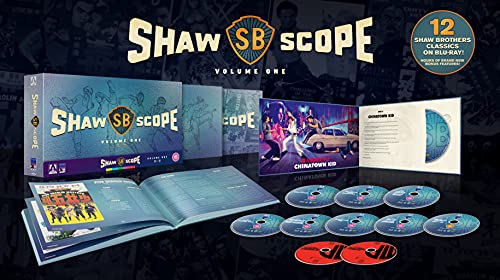
12. Five Deadly Venoms (1978) by Chang Cheh
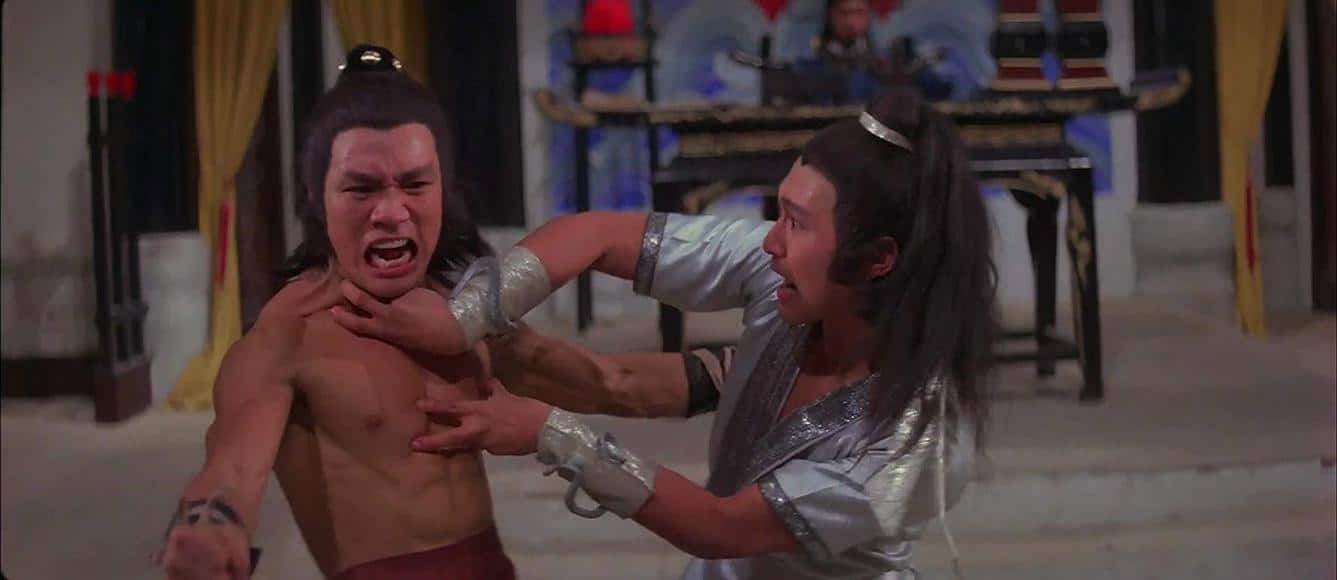
Unlike what its reputation suggests, ‘Five Deadly Venoms' isn't one of the finer Shaw Brothers efforts. What works fine is the usual format at play with a storyline that allows for a near-endless stream of fighting, and the performers are granted numerous opportunities to shine. There's a lot to like here with the shots of each fighter in the training sessions, that showcase their frantic movements that allow for the visible differences between each of their styles to come forward, from hard-hitting blows to lightning-fast strikes and even the ability to scale walls. That turns the later confrontations into rather enjoyable martial arts affairs. There's the street fight that brings the first killer to justice or the few demonstrations against the guards that are brief, quick affairs that generate the needed action to hold it up until the finale. That's where the film really hits its mark, allowing five of the studios' greatest to go at it in a spectacular, extended battle that works in some stellar wire-work stunts alongside the acrobatic flipping and hard-hitting hand-to-hand battling within the environment. It's the unquestioned highlight and really helps ‘Venoms' considerably. (Don Anelli)
Buy This Title
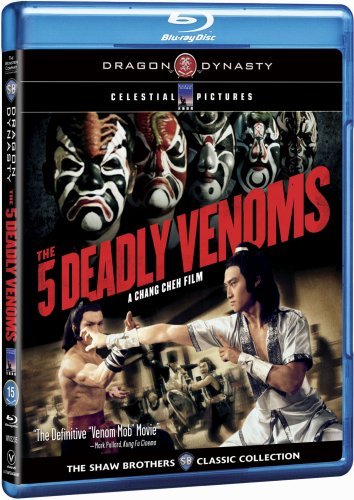
13. Five Elemental Ninjas (1982) by Chang Cheh
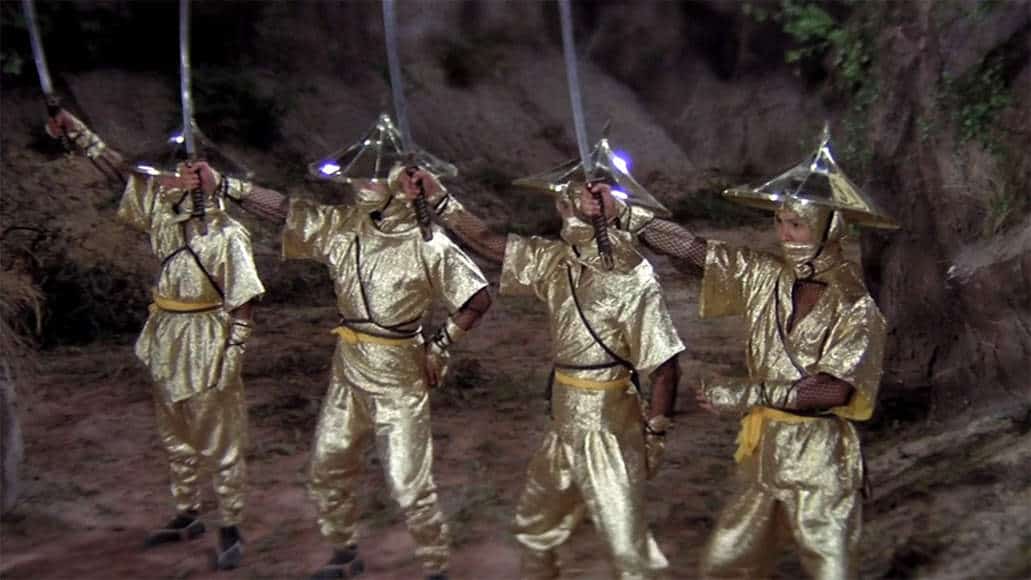
Chang Cheh directs and pens (with Ni Kuang) a very impressive film that draws much from the ninja's techniques and weapons, having studied them from historic literature, as the introduction of the film mentions. These weapons are actually named with in-screen titles during the film, and have an impressive variety. Using these two elements, Chang Cheh manages to present many extraordinary battles, as the action almost never stops. These battles benefit the most from the special effects that fill the action with blood and acrobatics, and Liu Chi-yu's costumes, who presented the different element ninjas in their respective color, with the golden ones definitely standing apart, being impressive as much as kitsch. The action choreography, which is planned and performed by Cheng Tien Chi who plays Shao is also amazing, using the concept of the ninjas to present a plethora of original battles. Chiang Hsing Lung and Li Yen Hai's editing also helps in that department, with the well-timed cuts. All of the above find their elaborateness in the final sequence, which is absolutely magnificent, as they benefit the most by 88 Films' restoration. (Panos Kotzathanasis)
Buy This Title
on Amazon by clicking on the image below

14. Five Fingers of Death (1973) by Jeong Chang-hwa
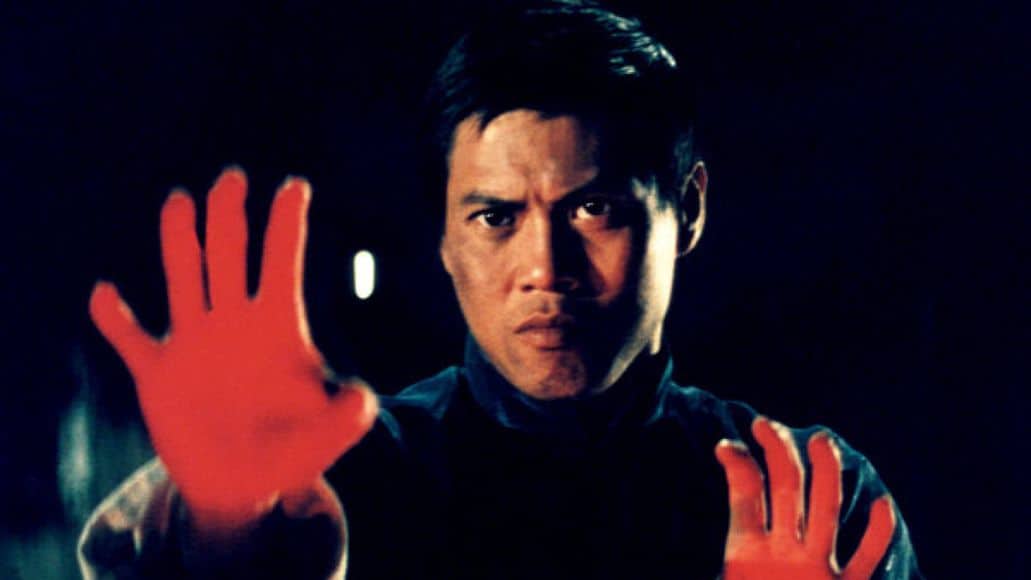
What really works in “King Boxer” is the continuous nature of the attacks. These offer up an impressive pace within the film. The opening ambush on the professor gives a solid start, as the outnumbered instructor is able to fend off the gang with a bit of intervention, the street fights are a solid manner of introducing us to the characters' skillsets in brief fashion, while the series of confrontations within the cantine where the gang resides provide some brutal and somewhat bloody brawls between combatants. That increases the deeper it gets into the film as both sides pull out all the stops to prevent the other from getting to the tournament, beating up rivals outside the dojos or ambushing each other in alleyways throughout the village, which set up the fine action choreography of Chen Chuan and Liu Chia Yung that is greatly exemplified by the two big action scenes. The ambush in the woods where Chao's maimed horribly in an accident is starkly brutal and beautiful at the same time, while the multi-fighter tournament in the second half offers the fighters numerous chances to showcase their skillset as the honor and pride normally featured in such films bring “Boxer” to a close in a satisfying if cliched manner. (Don Anelli)
Buy This Title
on Amazon

15. Five Shaolin Masters (1974) by Chang Cheh

The destruction of the Shaolin Temple and the theme of revenge that follows had been portrayed on films numerous times and Chang himself has tackled the same subject in his “Shaolin Cycle” of films. However, what makes this version rather refreshing is the casting of the five lead protagonists and the equally impressive villains they are up against. Topping it off are the different styles of kung fu and a variety of weapons used as displayed by each combatant. Furthermore, Cheh is able to cleverly cover up his thin plot with almost non stop action beautifully choreographed by Lau Kar Leung and his brother Lau Kar Wing. (David Chew)
Buy This Title
on Amazon by clicking on the image below

16. Flag of Iron (1980) by Chang Cheh
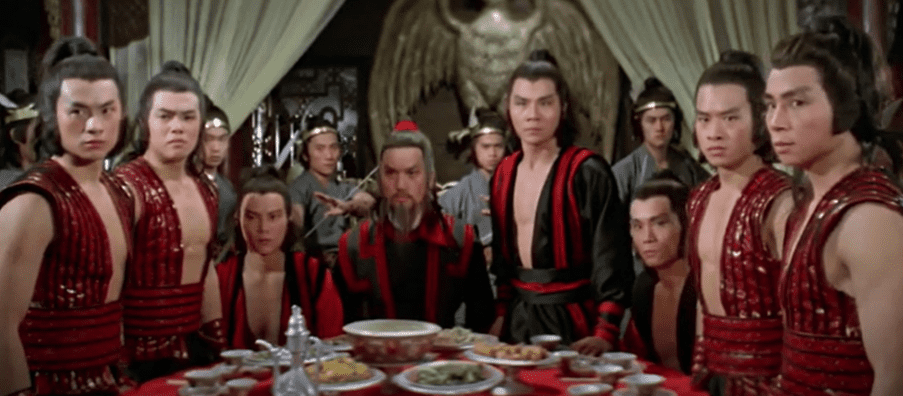
The character of the white robed wanderer is a much more interesting one than we would normally expect to see in a Chang Cheh movie of this era. Upon initial appearance, he may as well have a giant sign above his head going “villain” and so is not much of a surprise when he does turn out to be an assassin. However, there are actual layers here. Upon discovering he has been used, he supports our heroes in the quest for revenge but is fully aware that by killing their master they will seek to fight him once this is over. Even with his love interest he makes her aware he is not someone she should follow. It plays into the usual stereotypical wondering knight that we see so often, that of a man whose code of honour ultimately brings about his doom. The difference being this is essentially a villain with that same code. (Ben Stykuc)
Buy This Title
on Amazon by clicking on the image below
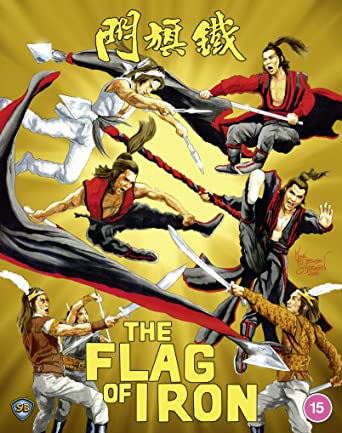
17. Gang Master (1982) by Tsui Siu-Ming

Tsui Siu-Ming follows the Shaw Bros martial arts recipe to a T, with the action starting from the first moment, channeled into a story that seems intricate but essentially isn't, until a series of fights that lead to a majestic one and a rather abrupt ending, conclude the film. The twist here, however, is somewhat interesting, since a number of people involved look shady, with the exception of Madam Shih, who is, well, a total bitch from the beginning (and Alice Lau great in her hyperbole in the part). The “man on the run” aspect does not work particularly well, since Fu seems to be able to get into the gang's premises whenever he wants to, while the messianic concept of his ancestry is as expected as it is preterit. (Panos Kotzathanasis)
18. Golden Swallow (1968) by Chang Cheh
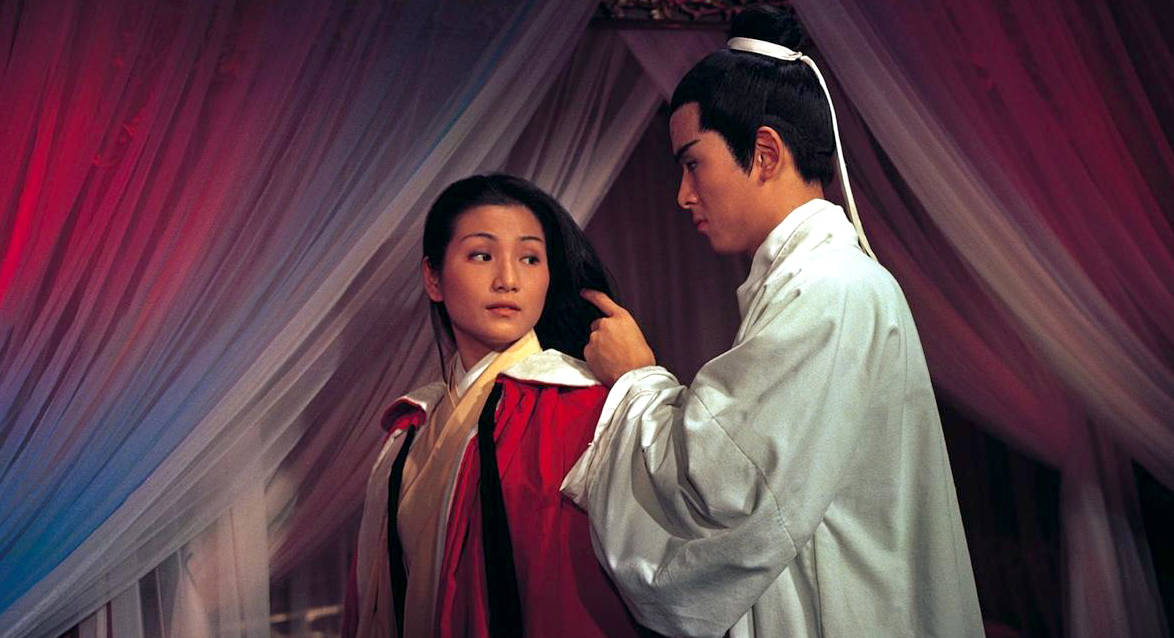
Filmed during the time when Chang Cheh was still evolving and experimenting, plus the added bonus of action choreographed by Lau Kar Leung and Tang Chai, who also cameo, this is a very impressive production indeed. The use of overhead shots and handheld camerawork also helps to create drama and tension, making the fights visually exciting. Some indoor sets are equally impressive, especially the one with a beautifully created bamboo forest with a big tomb that leads to a gang's hideout. Furthermore, the outdoor location shots of Japan take the production to another visual level. However, the action, though plentiful, is not that fanciful, it mostly consists of the swinging of swords. On the other hand, the body count is incredibly astronomical and during the final fight it gets even more violent and bloody. (David Chew)
Buy This Title
on Amazon

19. Have Sword Will Travel (1969) by Chang Cheh
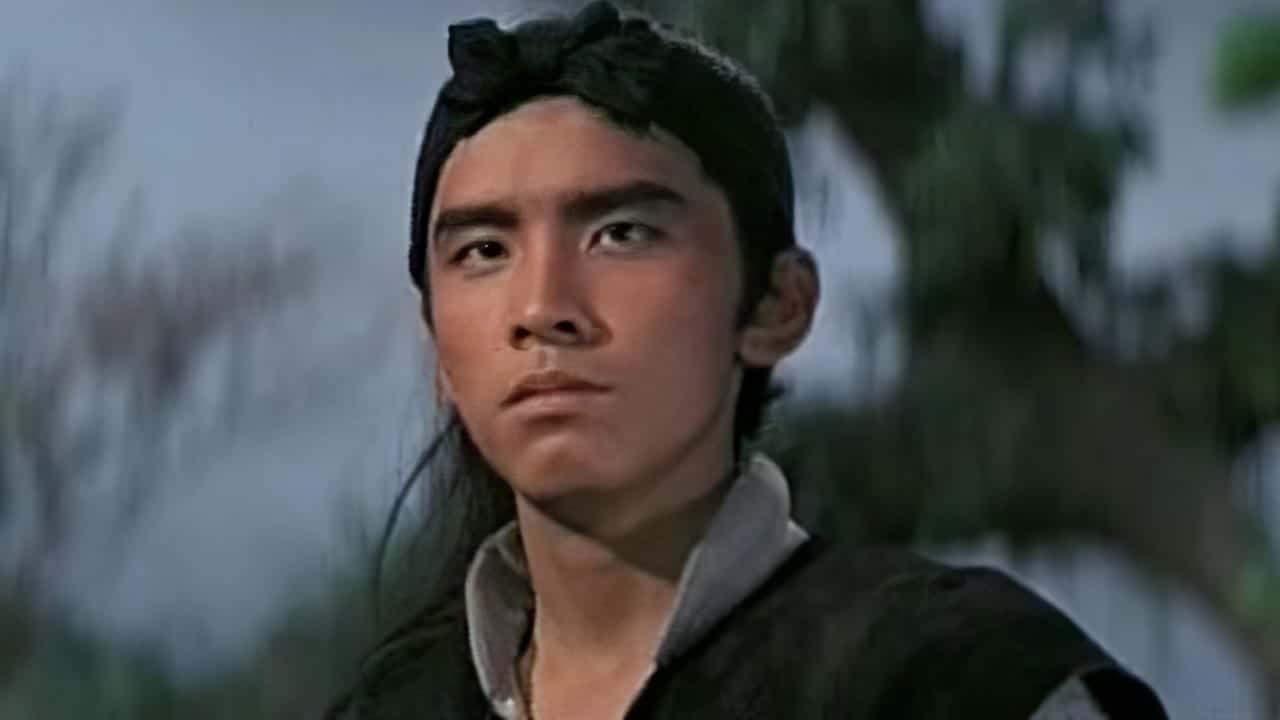
Despite the title referencing an early American Western series (“Have Gun, Will Travel), the only similarity is the notion of the roaming knight helping others. Instead we add another classic tale of bloodshed and chivalry with added psychological elements that the director seemed to specialize in at this point. David Chiang is cast against type as the stern, nihilistic hero on a path to his own destruction. At one point actually foreseeing his own demise in a typical Chang Cheh bloodbath. His wondering swordsman at odds with seemingly the whole world.
A typical Wuxia narrative is elevated by the unexpected depth in character. David Chiang's Lu Yi is a worthy successor to Wang Yu's tortured heroes and Cheng Miu provides pathos as the the head of security who has lost his skills but has to pretend otherwise. When invested in the material Chang Cheh was a master of the genre. With “Have Sword will Travel” we get a worthy addition to this canon.
Buy This Title
on Amazon by clicking on the image below

20. House of Traps (1982) by Chang Cheh
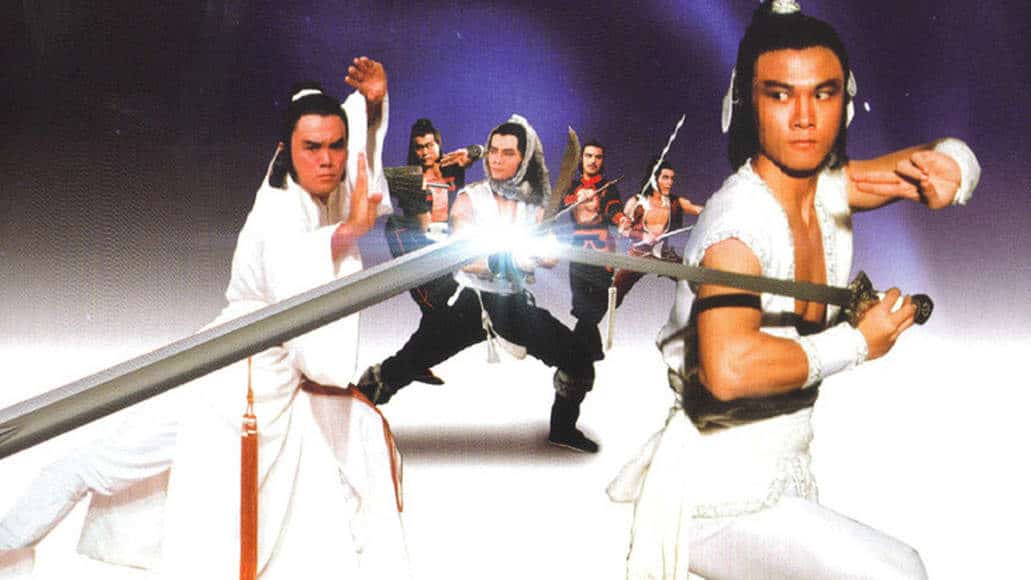
The House itself exemplifies the special effects of the film , that feature some very impressive mechanical contraptions, as the building's interior is actually one of the protagonists. The interiors of every building in the film is impressive in its maximalism, with much attention paid to detail, in contrast to the outside sets, which are simplistic, to say the least. These two traits however, were the rule in Shaw Brothers' productions. Tsao Hui-chi's cinematography also moves along these lines, presenting some great images of interiors, while exemplifying the action scenes. Chiang Hsing-lung and Li Yen-hai's editing can be a little confusing at times, but manages to retain the fast pace of the film. Liu Chi-yu's costume design ia another element that adds to the cult element of the film, as the main heroes are dressed in costumes that leave them bare-chested, actually focusing on that part of their bodies. Eddie Wang's music follows the action, injecting some “epicness” through its rhythms. All of the aforementioned elements are extraordinarily combined in the final sequence of the film, which is definitely the greatest part of it. Overall, the movie is quite well shot, a trait that benefits the most by 88 Films' impressive restoration, which presents the title in its most definite form.
Buy This Title
on Amazon by clicking on the image below



